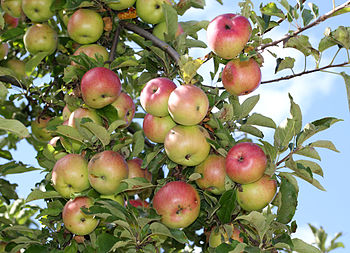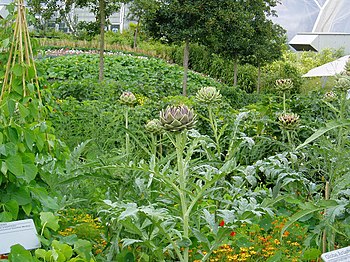 |
| CHINQUAPIN - Photo: Flickr |
There are two types of chinquapin trees, also called ‘chikapin trees,’ that are available commercially in the United States, the Allegheny chinquapin, and the Georgiana chinquapin. The Allegheny chinquapin, ‘Castanea pumila’, is considered a shrub by some; however, some researchers claim that its dwarf size does not justify its reclassification. Many old-timers remember sweet memories from their youth when baskets were filled with the spicy, sweet, nutty-flavored chinquapins.
These nuts were eaten fresh, roasted or baked into snack confections for any occasion. The nuts from chinquapin trees grow with only one nut to a burr, whereas chestnuts, a close botanical relative, produce two or more nuts per burr. The Allegheny chinquapin, ‘Castanea pumila,’ is widely distributed throughout the Southeastern U.S. and is cold hardy up to Zone 6 and all the way down to Zone 9. The Allegheny chinquapin prefers to grow in a neutral, uphill soil, especially at higher elevations. These nuts are often gathered by local inhabitants and are available at many locations at nearby markets and roadside stands.
The Georgiana chinquapin, ‘Castanea alnifolia,’ is best described as the creeping chinquapin and it readily spreads in shady thickets by means of giant underground stems that produce many shallow roots. These plants are found in huge colonies throughout South Georgia and produce numerous nuts in late summer and early fall with a distinct sweetness and characteristic spicy flavor that remains indelibly bonded within the memory. The plant is easily grown and transplanted but is more vigorous in a shady location. The burr is about one inch in diameter, producing a brown waxy nut in the center. The Georgian chinquapin ‘Castanea alnifolia’ is cold hardy in zones 8-10, growing about 4 feet in height, slow growing but excelling in poor sandy soils that are well drained.
Luther Burbank reported in his book Trees, Volume 8, that chinquapin trees appeared to be almost immune to the chestnut tree blight of the American chestnut trees that, within a 50 year period of history—beginning in 1912, practically had eliminated the American native chestnut tree. Burbank hybridized thousands of chestnut trees in an effort to renew the American chestnut forests to their former splendor. He noted that any hybrid that had successfully survived the chestnut tree blight to become a viable commercial orchard selection would undoubtedly contain the immune qualities within the chinquapin that had been implanted into the American chinquapin tree genetic makeup.







